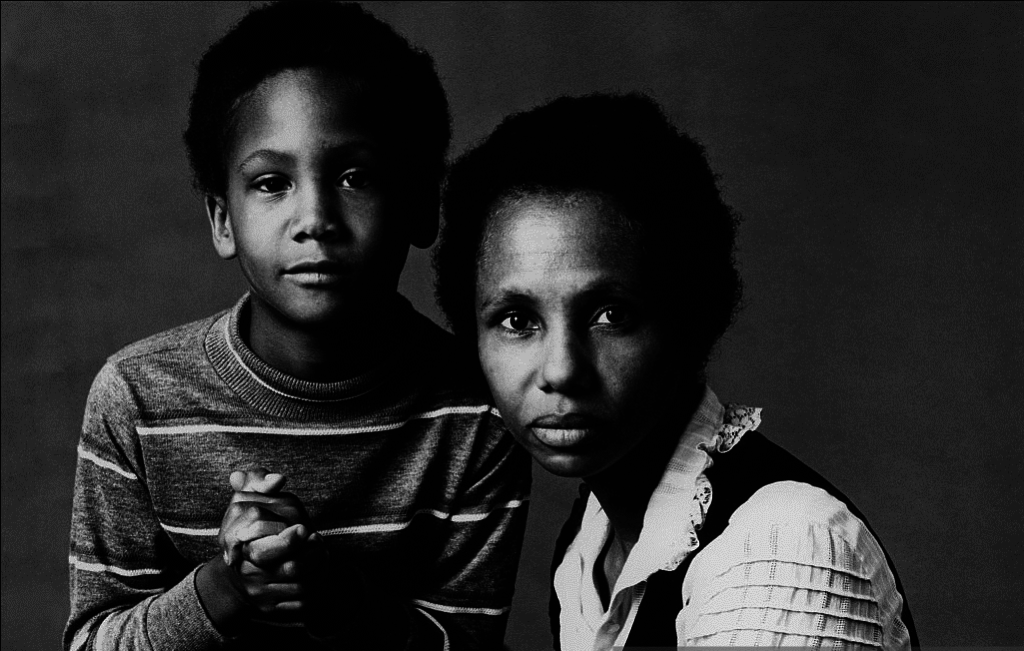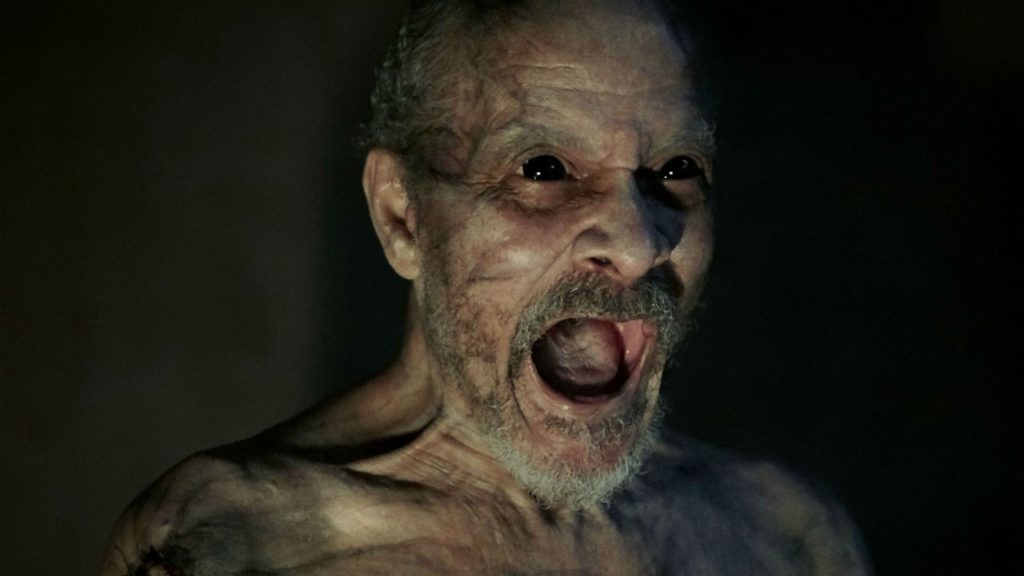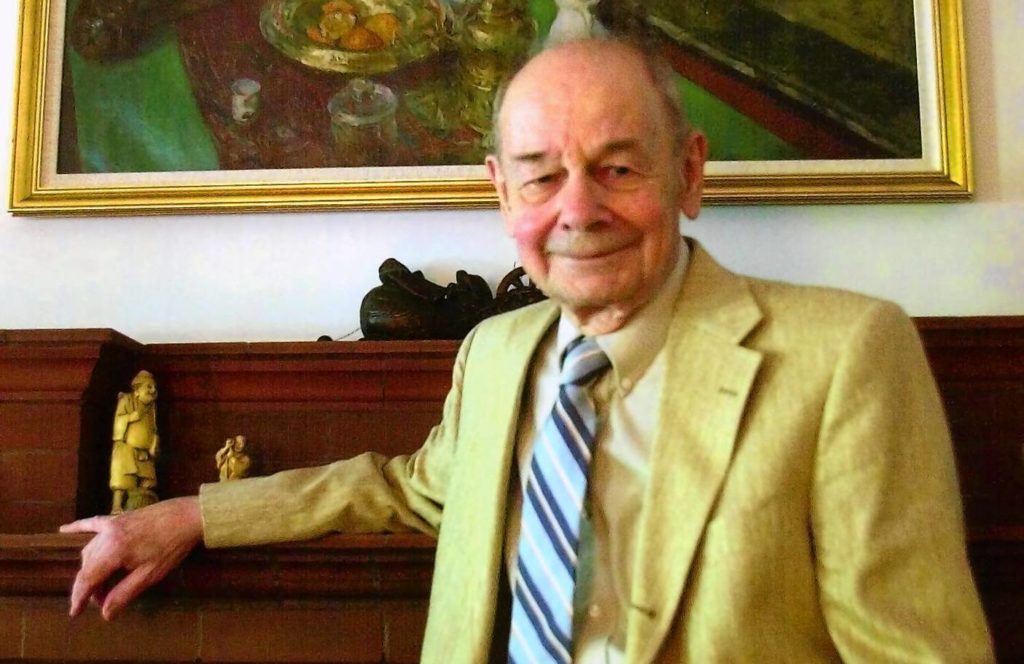On Sunday, I’ll be in the audience of Adrienne Kennedy’s latest play, He Brought Her Home in a Box. To prepare for it, I thought I’d revisit a few of the playwright’s earlier works, such as Funnyhouse of a Negro, The Owl Answers, and A Lesson in Dead Language. These one-act plays, along with Kennedy’s interwoven commentary, are bound together in one compendium, The Adrienne Kennedy Reader. It offers a glimpse into the mind of a remarkable dramatist. Surreal, lyrical, and fragmentary, her plays are beautifully merciless in the ways they explore racism, colonialism, womanhood, and the violence inherent in each. In them, time is nonlinear, and characters shift between a multitude of selves. (Take The Owl Answers, for instance, in which there is “she who is Clara Passmore who is the Virgin Mary who is the bastard who is the owl.”) To parse Kennedy’s exquisite experimentalism demands readers give themselves over entirely to the experience of a play, perhaps reading it over and over. As she tells us in the book’s preface, “The days when I am writing are days of images fiercely pounding in my head.” And that’s precisely what these are: images of torment, in sequence, that will leave you feeling as though you’ve just woken from a nightmare. I’m eager to see what she’s dreamt up this time. —Caitlin Youngquist
What makes the loss of Ursula K. Le Guin so much harder to bear is that she was writing only recently. In 2010, she started a blog, and last year, some of those nonfiction posts were collected as No Time to Spare. My husband and my mother both read it and loved it, and on Tuesday, all excuses dissolved in grief, I opened the book and went straight to the cat chapters. A cat is a question that does not require an answer, so Le Guin, who spent her writing life investigating questions that needed addressing, here writes only of appreciation and affection. Is it any surprise Le Guin was a cat person? “If I wanted to be the center of the universe I’d have a dog,” she quips. Pard is her feline subject, a lively, mousing tuxedo, and she observes his cat behavior plainly and openly with love: “If I dribble him water in the washbasin he closes the stopper, thus creating a water hole where savage panthers may crouch in wait for dik-diks and gazelles, or possibly beetles. Then we go downstairs—one flying, the other not.” The last cat chapter ends with a devotional doggerel and a small, mischievous feline portrait. “His breed is Alley, is name is Pard,” she writes. “Life without him would be hard.” —Nicole Rudick
With the Oscar nominations finally out, the contingent of responsible gamblers in our office is abuzz, determining what was best and what was snubbed. And even with Get Out on the Best Picture list, even with Blade Runner 2049 in the running for Best Cinematography, I can’t dash the feeling that my favorite of 2017, It Comes at Night, was robbed. Amid a bumper crop of great movies, Trey Edward Shults’s tense indie horror flick stood tall above the rest for its unrelenting bleakness. The film opens with a shot of two people in hazmat suits lugging a body out into the woods and then burning it. Somehow, by the ending, things are even more desperate, more hopeless. (I’m reminded of Kurt Vonnegut’s diagram of a typical Kafka story.) Like the driving force behind a lot of good art, the seed of this movie is miscommunication and the ways it summons tension out of nowhere and warps our worlds into things unrecognizable. In the final twenty minutes, my mouth dried out—my jaw had literally dropped and remained open through to the credits. You could have landed a mosquito drone on my fat, popcorn-crusted pillow of a tongue. If you are having a good day, do not go see this movie; it will thoroughly ruin it. —Brian Ransom
Jia Tolentino wrote in The New Yorker yesterday that “every woman I know has been anticipating a backlash since about thirty seconds after the Weinstein story broke.” Slightly harder to anticipate, perhaps, was the clumsy and in many cases spectacular vacuousness that would lend the backlash its force, the febrile polemics and downright lazy thinking it would marshal under the banner of measured argument. We saw, for example, the requisite invocation, never far from conversations about feminism, of McCarthyism. We saw a confused essay about a coercive sexual encounter denounced as “a public conviction” that left the #MeToo movement “compromised.” We saw Mathilde Krim, a pioneering AIDS researcher who died this month, resurrected in a call to acknowledge unsung female achievement, and then used as a rhetorical prop to swat away the concerns of women now voicing additional—and therefore, because the framing required it, incompatible—visions of progress. “I have been confused by the tone of all of these pieces,” Tolentino writes, “which seem far more inflamed, over-generalized, and fatalistic than the relentlessly nuanced and self-interrogative essays that have actually delineated #MeToo.” Immediately after reading the article, I sent it to a running group text I have with my friends. We had discussed some of the pieces Tolentino mentions, pieces we agreed were less interested in interrogating a problem than striking a pose in corrosive bad faith. The trouble, Tolentino suggests, is that the cannonade of half-baked hot takes works to occlude even a modest accounting of the complicated questions at hand: “What are the parameters in which we should hold people responsible for more extreme versions of their behavior?” And even if everyone agreed on those parameters, what would a truly just way of enforcing them look like? Those questions, backlash notwithstanding, remain and deserve a more serious attention. It is fortunate that we have writers like Tolentino to explore them. —Spencer Bokat-Lindell
I’ve been trying to figure out how to prepare myself to watch the State of the Union. I thought of listening to every one of NPR’s Up First episodes for as far back as I could go, but I didn’t trust myself to make sense of 2017’s contradictory words and actions on my own. I turned instead toward where Ta-Nehisi Coates has often pointed: a history lesson from the seventies. Edmund Morgan examines the simultaneous growth of slavery and of ideals of freedom in early colonial Virginia in his article “Slavery and Freedom: The American Paradox” (and in much greater depth in his book American Slavery, American Freedom if you have the time to read four hundred fifty pages before January 30). “It has been tempting to dismiss Jefferson and the whole Virginia dynasty as hypocrites. But to do so is to deprive the term ‘hypocrisy’ of useful meaning. If hypocrisy means deliberately to affirm a principle without believing it, then hypocrisy requires a rare clarity of mind combined with an unscrupulous intention to deceive. To attribute such an intention, even to attribute such clarity of mind in the matter, to Jefferson, Madison, or Washington is once again to evade the challenge. What we need to explain is how such men could have arrived at beliefs and actions so full of contradiction.” Morgan does not excuse Jefferson, Madison, or Washington of their investment in slavery. Rather, what follows is a revelation of the perhaps unconscious purpose of their contradictory proclamations: to appease one group at the expense of another, while in truth providing negligible support to either. Morgan’s nearly fifty-year-old words are helping me prepare to make sense of nonsense. “To explain the origin of the contradictions does not eliminate them or make them less ugly. But it may enable us to understand a little better the strength of the ties that bound freedom to slavery, even in so noble a mind as Jefferson’s. And it may perhaps make us wonder about the ties that bind more devious tyrannies to our own freedoms and give us still today our own American paradox”—and still today, in 2018, our own American paradox. —Claire Benoit
I would follow Morgan Parker anywhere, including from the pages of our Winter 2017 issue into those of the latest Harper’s. “The High Priestess of Soul’s Sunday Morning Visit to the Wall of Respect” and “Now More Than Ever” verbalized an anger and a sadness that I wasn’t quite aware lived somewhere outside me. Parker is never morbid, and every poetic insight carries her signature “I’ll figure it out” tone. In Harper’s, Parker’s “The Black Saint & The Sinner Lady & The Dead & The Truth” has my emotions once again roiling. “Soon my photosynthesis / will complete, and I will be the gap / between Angela Davis’s teeth. Do you ever / love something so much you become it?” she writes. As I read these lines, I became a poetic stanza, repeating to myself, Do you ever love something so much you become it? Very few poets have ever made me wish to curl up inside their lines as consistently as Parker does. I read her, and I crave the stability and the confidence of her voice. “Please / Don’t make me repeat myself,” this poem concludes, a plea and an assertion of legibility—open up, and you can feel it too. —Eleanor Pritchett
Like most erstwhile English majors, one of the most treasured spines stacked on my bookshelf is Strunk and White’s The Elements of Style—specifically, the edition adorned with illustrations by Maira Kalman. I am adding to my catalog of valued guidebooks How to Be Perfect: An Illustrated Guide, by Ron Padgett, with pictures by Jason Novak. Each page presents advice that rotates through the practical (“Plan your day so you never have to rush”), the absurd (“See shadow puppet plays and imagine that you are one of the characters or all of them”), the existential (“Know that the desire to be perfect is probably the veiled expression of another desire±to be loved, perhaps, or not to die”), and just straightforward good manners (“Be nice to people before they have a chance to behave badly”). Novak’s characters are wide-eyed and relatable, and his scenes are an excellent complement to the eclectic eccentricity of Padgett’s map to impeccability. A dear friend and I recently flipped through the compendium over beers (even though Padgett prescribes water); while neither of us admits to having attained perfection, we agreed that this was a book that could only lead a person to improvement. —Lauren Kane
from The Paris Review http://ift.tt/2nfniUk





Comments
Post a Comment